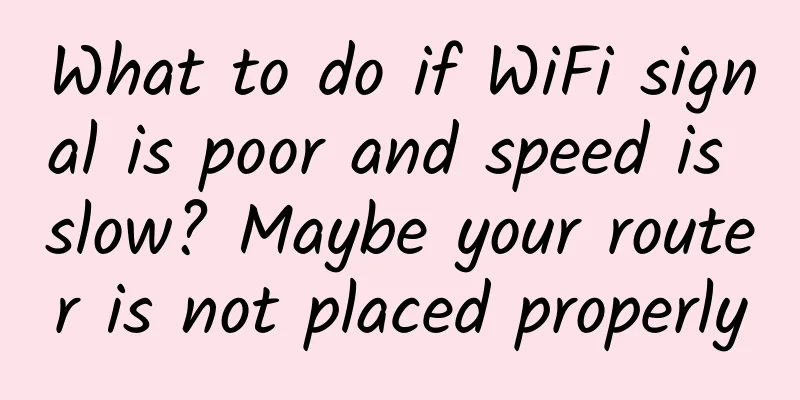Do you fragment your exercise in the office? Burn fat in 3 minutes every hour, a must-have for those who sit for a long time

|
Reading time: 4 minutes, the full text is about 800 words Humans evolved a skeletal structure for walking upright, but they put themselves into office chairs. According to the World Health Organization, there are more than 2 million deaths caused by prolonged sitting each year, and people who sit for more than 6 hours have a 64% increased risk of cardiovascular disease. When the 996 work system becomes the norm, how can we repay the body's "exercise debt" under limited conditions? Fragmented exercise science provides a new answer. The Deeper Logic of the 3-Minute Exercise 1. Cell-level evidence of the harms of prolonged sitting A study by the University of Sydney confirmed that for every hour of sitting, the activity of lipoprotein lipase, which is the core substance for breaking down blood lipids, decreases by 90%. What's more dangerous is that the "metabolic stagnation" caused by sitting for a long time will trigger the mitochondrial autophagy mechanism, directly reducing the basal metabolic rate. 2. The scientific ratio of 3-minute exercise The American College of Sports Medicine (ACSM) found through a double-blind experiment that 3 minutes of high-intensity interval training (HIIT) per hour can increase the resting metabolic rate by 12% for 9 hours. The mechanism is the EPOC (excess post-exercise oxygen consumption) effect, and 3 minutes of high-intensity exercise can trigger up to 30 minutes of fat burning. Golden action combination: 0-60 seconds: Squat against the wall (activate the quadriceps muscles and increase blood flow to the lower limbs) 61-120 seconds: High table push-ups (stimulate the pectoralis major and increase the range of chest expansion) 121-180 seconds: Jumping and high leg raises (dual-mode aerobic, heart rate increased to 70% of the maximum value) 3. The hidden benefits of neuroscience The fMRI scans at Cambridge University showed that after 3 minutes of exercise, the blood flow in the prefrontal cortex increased by 23% and the dopamine secretion increased by 15%. This means that fragmented exercise is not only a physical repair, but also a "brain shortcut" for cognitive restart. Conclusion: When time becomes the most scarce resource, fragmented exercise is essentially a new contract between the body and efficiency. Three minutes per hour is not a break, but a revolutionary correction to the linear work model. As exercise physiologist Dr. James Rippe said: "The best exercise is the one that can be integrated into life - because sustainability is the ultimate algorithm for health." Data support source: 1. WHO Global Sedentary Study Report (2022) 2. American College of Sports Medicine, Medicine and Science in Sports (2023) 3. Neuroimaging Research at the University of Cambridge (2023) |
>>: A spring self-help guide for those suffering from allergies: How to deal with pollen allergies?
Recommend
Choy sum is not a green vegetable, but pak choi is a green vegetable...I don’t understand the names of these vegetables!
Whenever you go to the market to buy vegetables, ...
Why do my hands peel when the seasons change? It’s not just a lack of vitamins!
Expert of this article: Han Hongyu, Associate Chi...
It’s been a year, why are you two leaving just now?
We mentioned before that helping rescued animals ...
Don’t be scared by them when you visit the night market on National Day…
During the National Day holiday, no matter which ...
Cordyceps sinensis health wine recipe
Nowadays, with the continuous improvement of the ...
What are the contraindications of Cistanche deserticola?
I believe that many young people today know about...
The efficacy and function of cassava
The development of Western medicine has brought s...
What are the effects of Codonopsis pilosula and Astragalus membranaceus
There are many different kinds of medicinal herbs...
The efficacy and function of safflower
Chinese medicinal materials are very common, and ...
Do you have "bedtime procrastination"? I heard that women are more serious than men!
“Let me check Weibo again, in case there is any e...
The efficacy and function of Dianthus chinensis
Traditional Chinese medicine often has unexpected...
The efficacy and function of glutinous rice vine
Recently, major TV channels have launched various...
Radish leaf benefits and functions
Chinese medicine has different effects on our bod...
The efficacy and function of Hovenia dulcis juice
Hovenia dulcis juice is a medicinal material and ...









